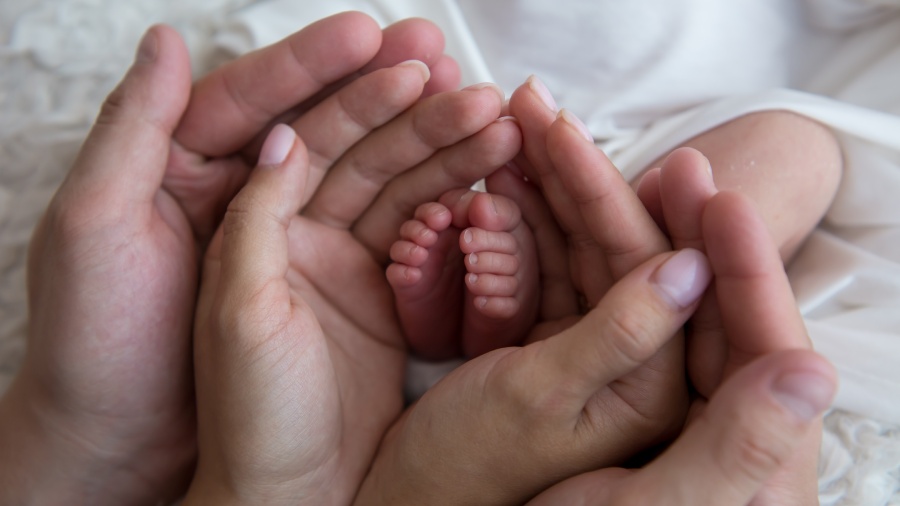Today, families live in apartments, rented houses or old ancestral homes. Irrespective of which, as adults, we tend to underestimate children’s curiosity, thinking, penchant for exploration, falling into danger or being naturally accident-prone. Our adult minds do not think of eating mosquito coils or sticking our fingers into electrical sockets. But, left unattended, children can quickly put themselves in life-threatening danger.
Children under three years of age spend most of their time at home. Even if plenty of people are around — and this is becoming rare — housework and busy schedules prevent parents from watching over their children all the time. A few unsupervised minutes is all that it takes for a disaster to strike. So the onus is on the parents to make their homes “child-proof”.
Even though plastic bags are banned, most households have a couple neatly folded and hoarded. If a plastic bag is placed over the head, it blocks air entry to the nose and mouth. Within seven minutes, death occurs due to asphyxiation. Resuscitation is possible only with mouth-to-mouth breathing if done within six minutes.
Drowning conjures up visions of ponds or beaches. However, children can drown even in as little as an inch of water if they fall face down into it. It may be an open bucket or even just a basin with water. If the child appears motionless in the water, pull him or her out immediately. Place the child on the back and try to remove the water. Place the heel of one hand on the centre of the chest at the nipple line or push with one hand on top of the other. Then press down at least two inches. Do chest compressions at the rate of 100-120 per minute along with mouth-to-mouth resuscitation.
Children may lick paint off walls and toys, especially if they are in bright and attractive colours. Lead-based paint is not banned in India. Ingestion of such colours eventually produces anaemia and learning disabilities. Blood can be tested for suspected lead poisoning. A level of five micrograms per decilitre (mcg/dL) is unsafe for children. If it reaches 45 mcg/dL, medication will be required.
Matches, automatic lighters and firecrackers hold a fatal attraction for children. Once a child starts a fire, he or she may get trapped, especially as children do not know how to put it out. Also, clothes made of synthetic fabric burn very fast, clinging to the child’s skin.If a child is on fire, smother the flames by rolling him or her in a heavy bedsheet.
Plug sockets are often placed fashionably low. Children try to place their fingers and other objects into the holes. Older plug points may lack switches to turn them on and off. Some people keep plug switches turned on permanently. In either case, electricity is flowing through them constantly. The same holds good for phone chargers. The child can get a fatal shock. If you touch the child, you will get a shock too. So, first turn the main switch off. To prevent such occurrences, purchase plastic blockers for the plug sockets. These can be inserted when the sockets are not in use.
Climbing is almost an automatic reflex. It is probably safe if it is done in a park on a jungle gym. But climbing up low parapets and partially grilled balconies can be very dangerous. The spaces between the bars may be wide enough for the child to crawl through and fall. Parapet walls may be low enough for the child to climb over and fall. Ideally, they should be constructed at an adult’s shoulder height. If grills do not reach the ceiling, they should curve inwards to prevent accidents.
Many accidents can be prevented with just a bit of attention to detail.











